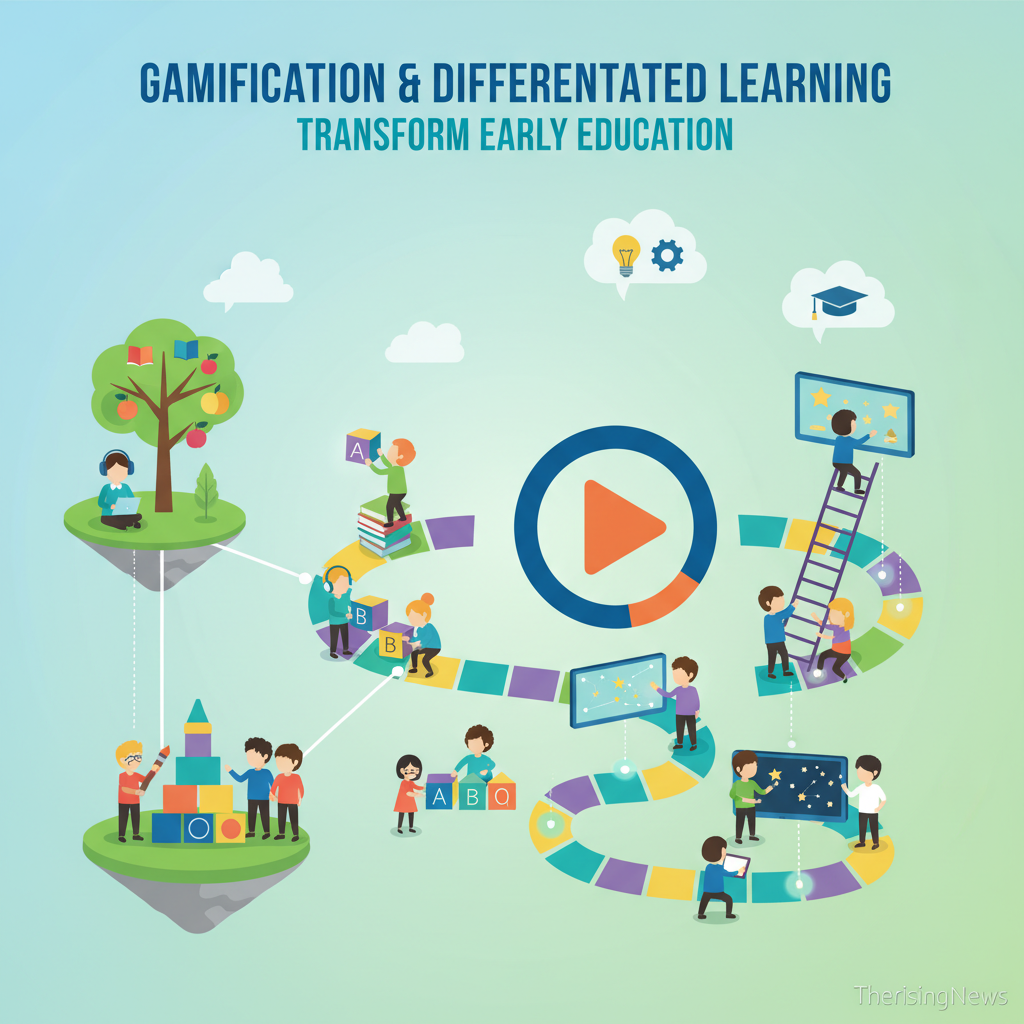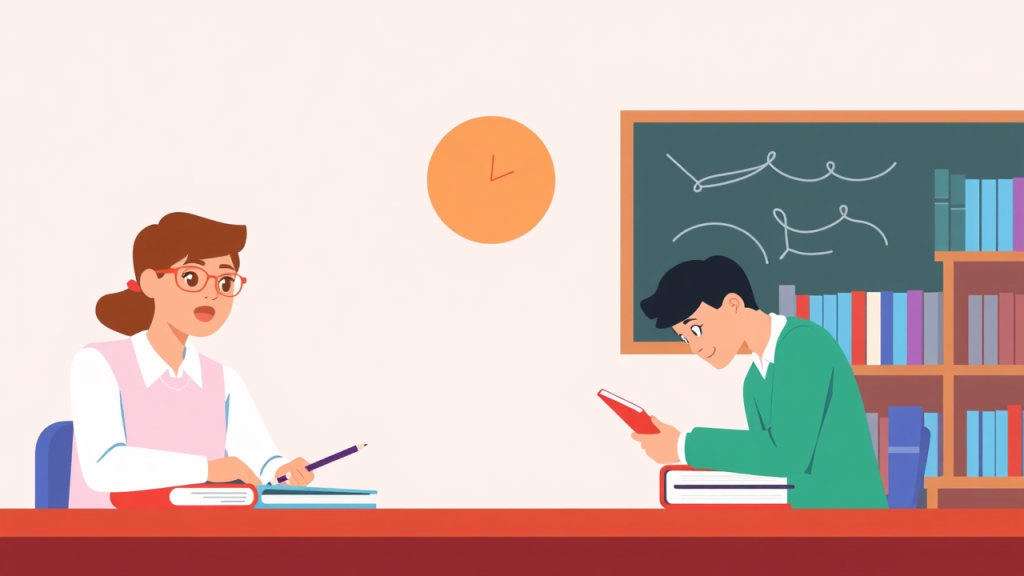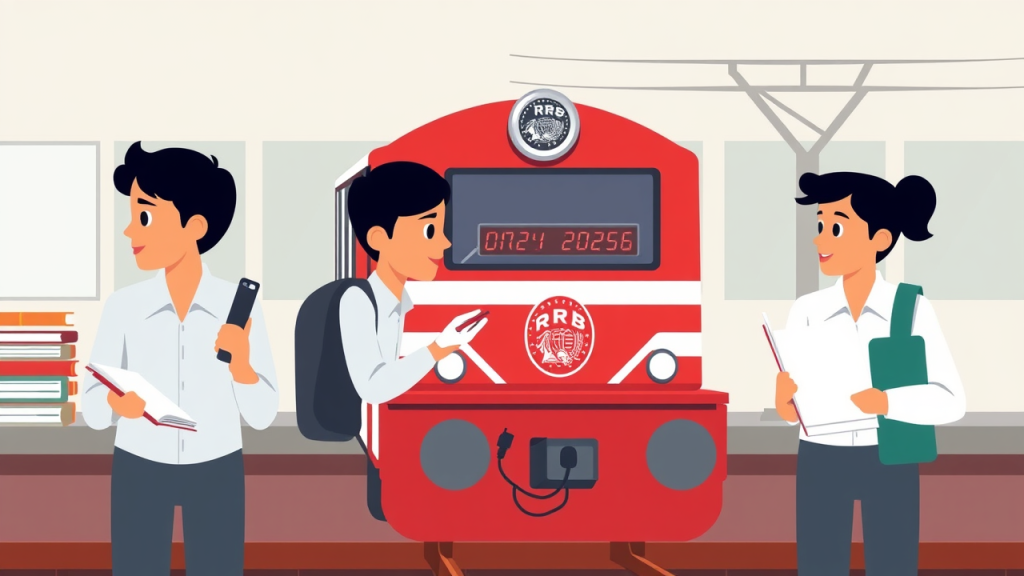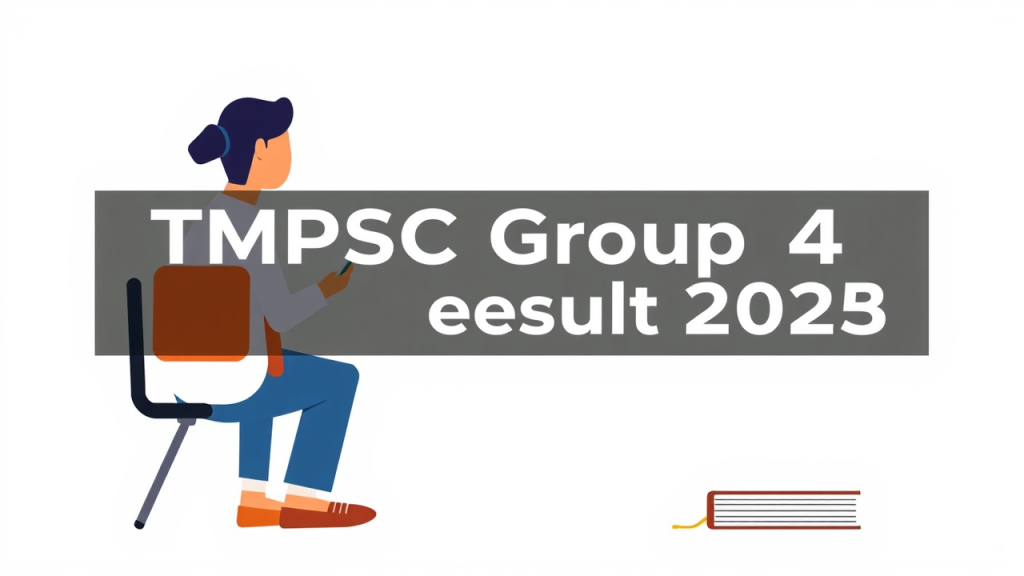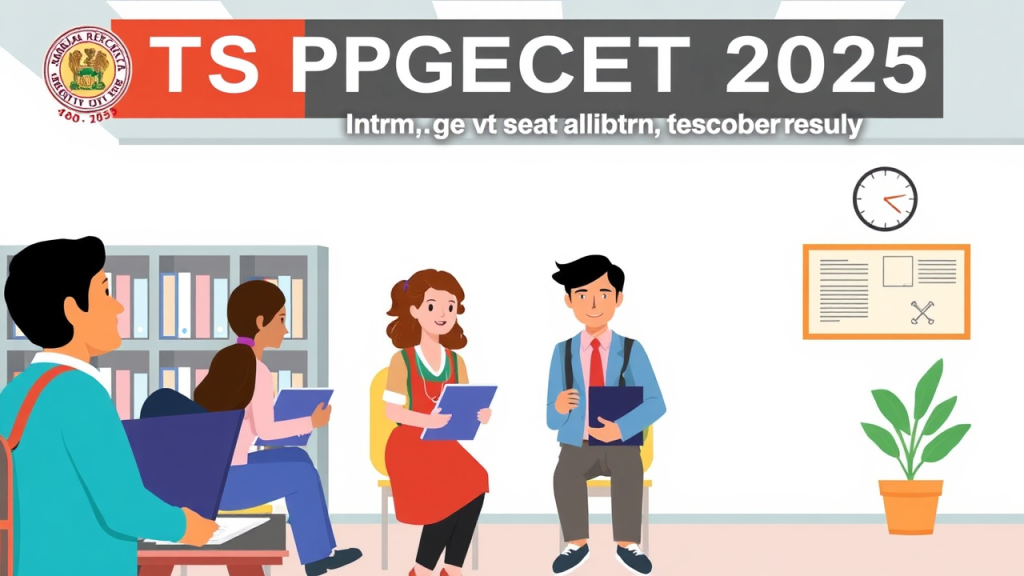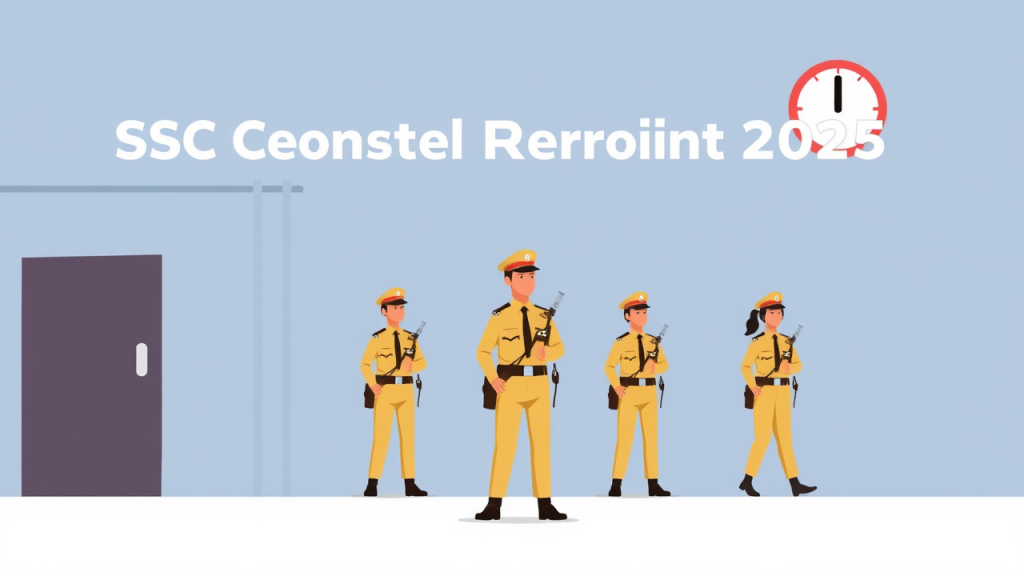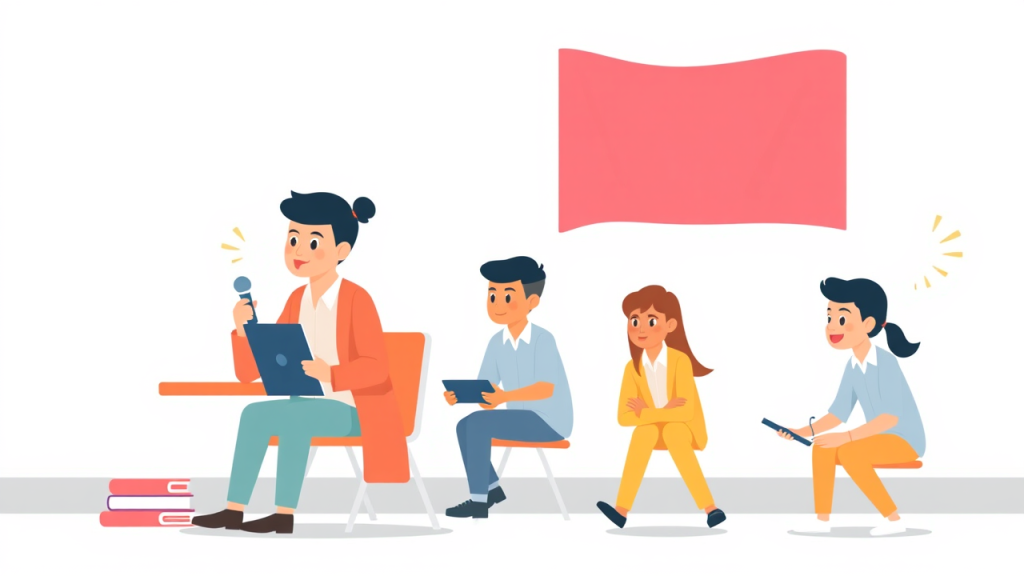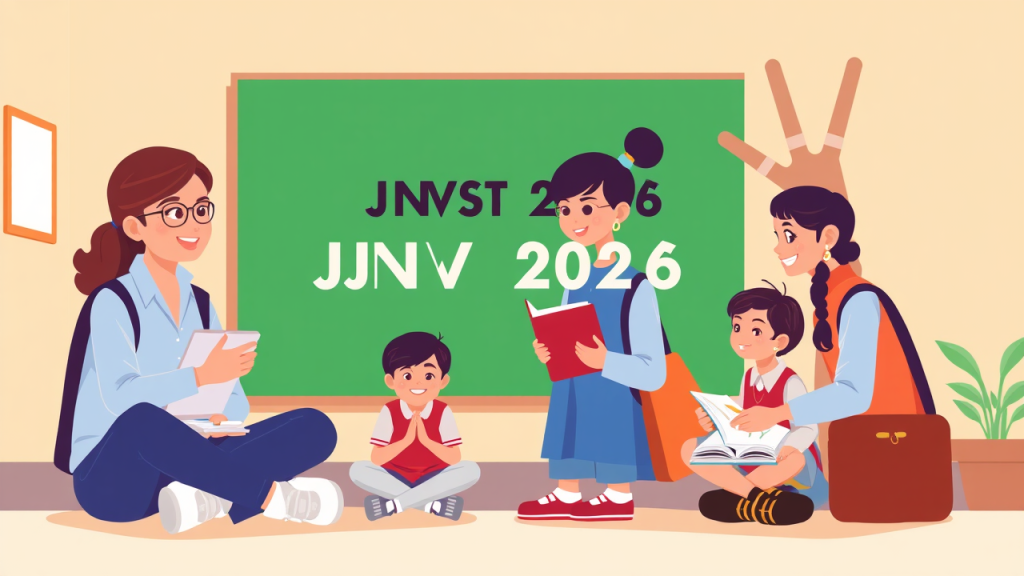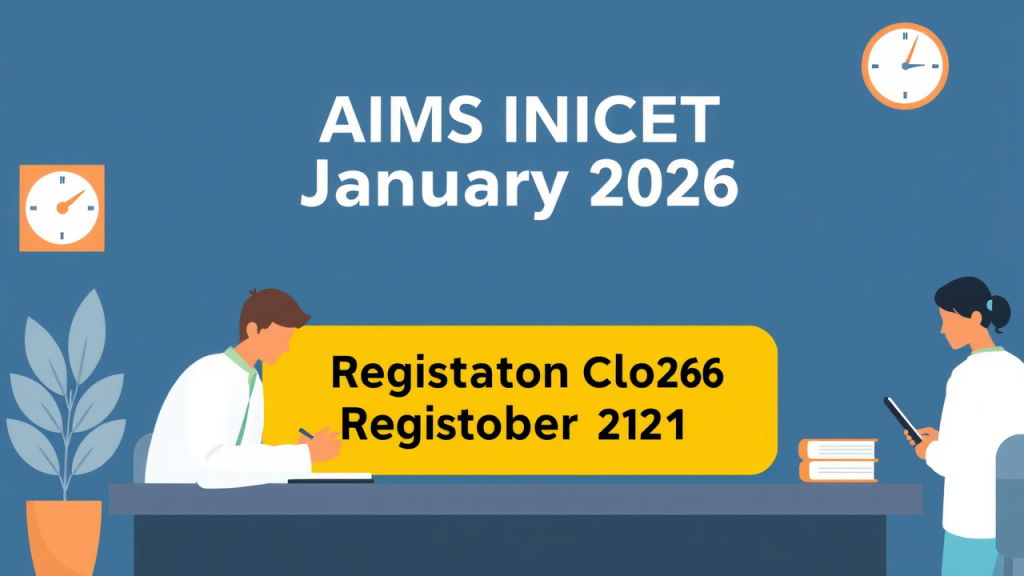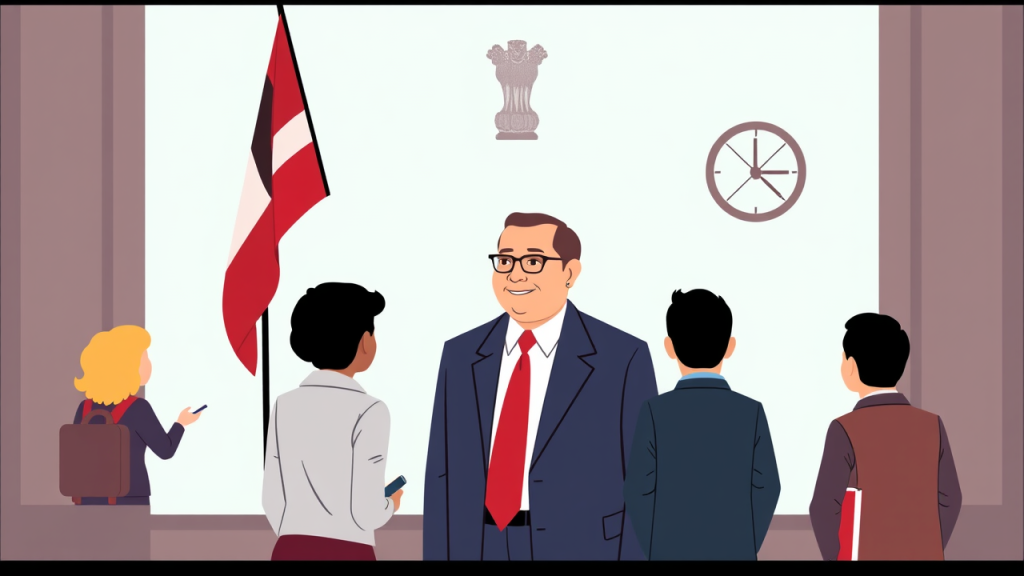Gamification and Differentiated Learning Transform Early Education
Gamification and differentiated instruction are changing early childhood education. These methods make learning fun and accessible for all children, no matter where they live or their background. They help kids stay interested and learn better.
New Delhi, 18 Sep 2025
Gamification and differentiated instruction are changing early childhood education. These methods make learning fun and accessible for all children, no matter where they live or their background. They help kids stay interested and learn better.
What is Gamification and Differentiated Learning
Gamification uses game ideas like points and rewards in school. It makes boring lessons exciting. Differentiated learning changes lessons to fit each child. It helps all kids learn in their own way. These methods work well for young children. They use games to teach reading and math. Even simple games like puzzles help kids think better. Teachers can use these ideas in cities or villages.
How Teachers Can Use These Methods
In cities, teachers can use computers for learning games. In villages, they can use simple games without computers. Both ways help kids learn better. Teachers can make different activities for different children. This helps all kids learn at their own speed. These methods work well all over the world. They make school fun and help every child do their best. Teachers can start using these ideas right away in their classes. Salomi Shah, Founder of Global Early Years Teacher’s Training Institute The landscape of early childhood education is undergoing a profound transformation, driven by the integration of gamification and differentiated instruction. These pedagogical innovations are not only enhancing engagement and motivation but are also ensuring that learning is accessible and meaningful…
The future of early education is playful and personal. It helps all children learn well, no matter where they live.
Schools can start training teachers to use these new methods now. Follow The Rising News for more verified updates.
Updated 18 Sep 2025, 10:59 IST; source: link

